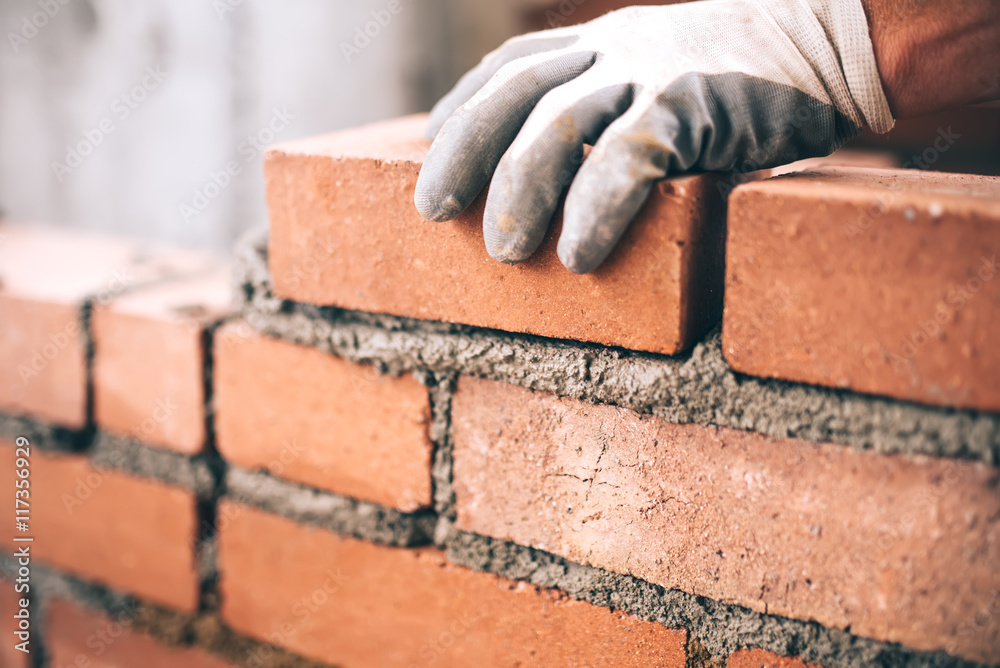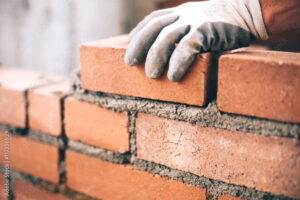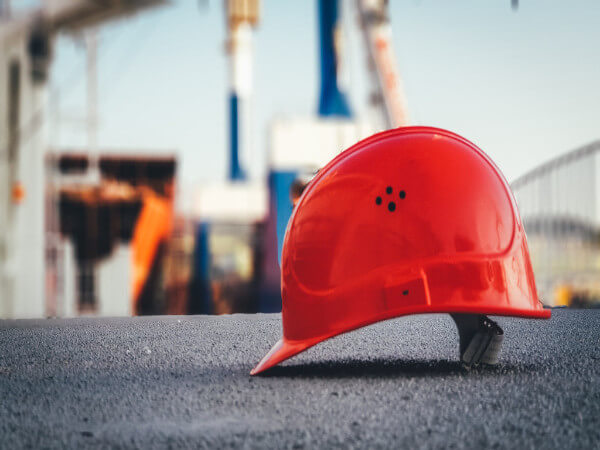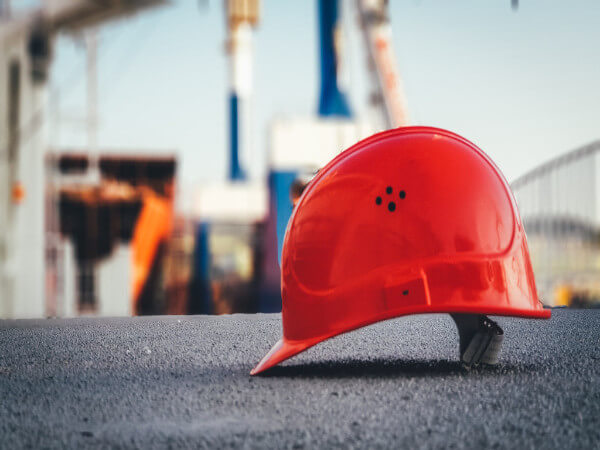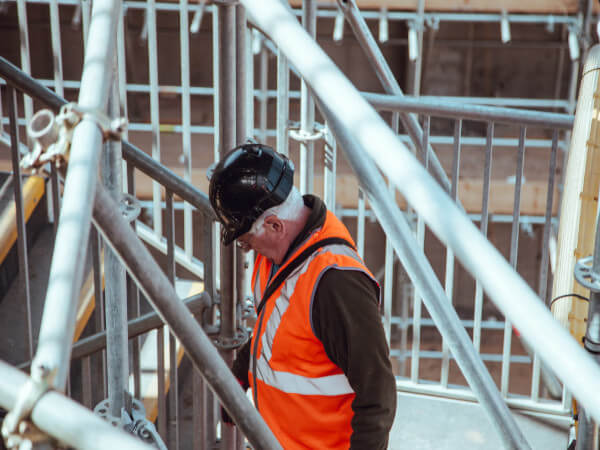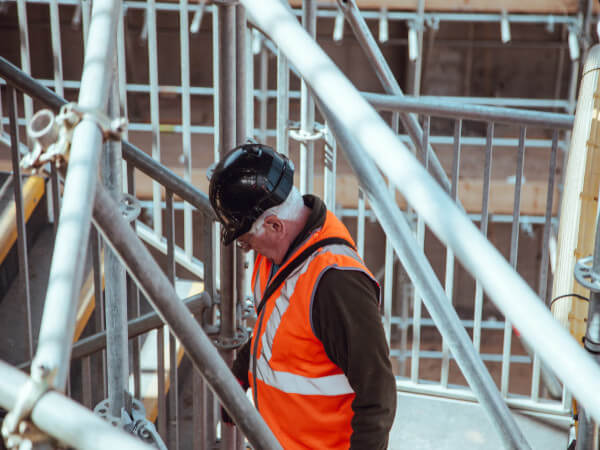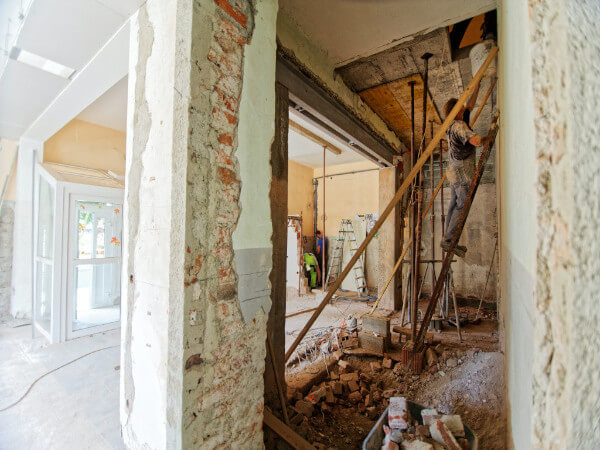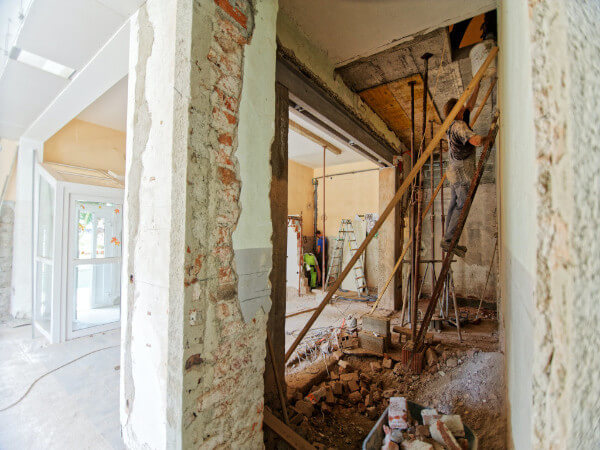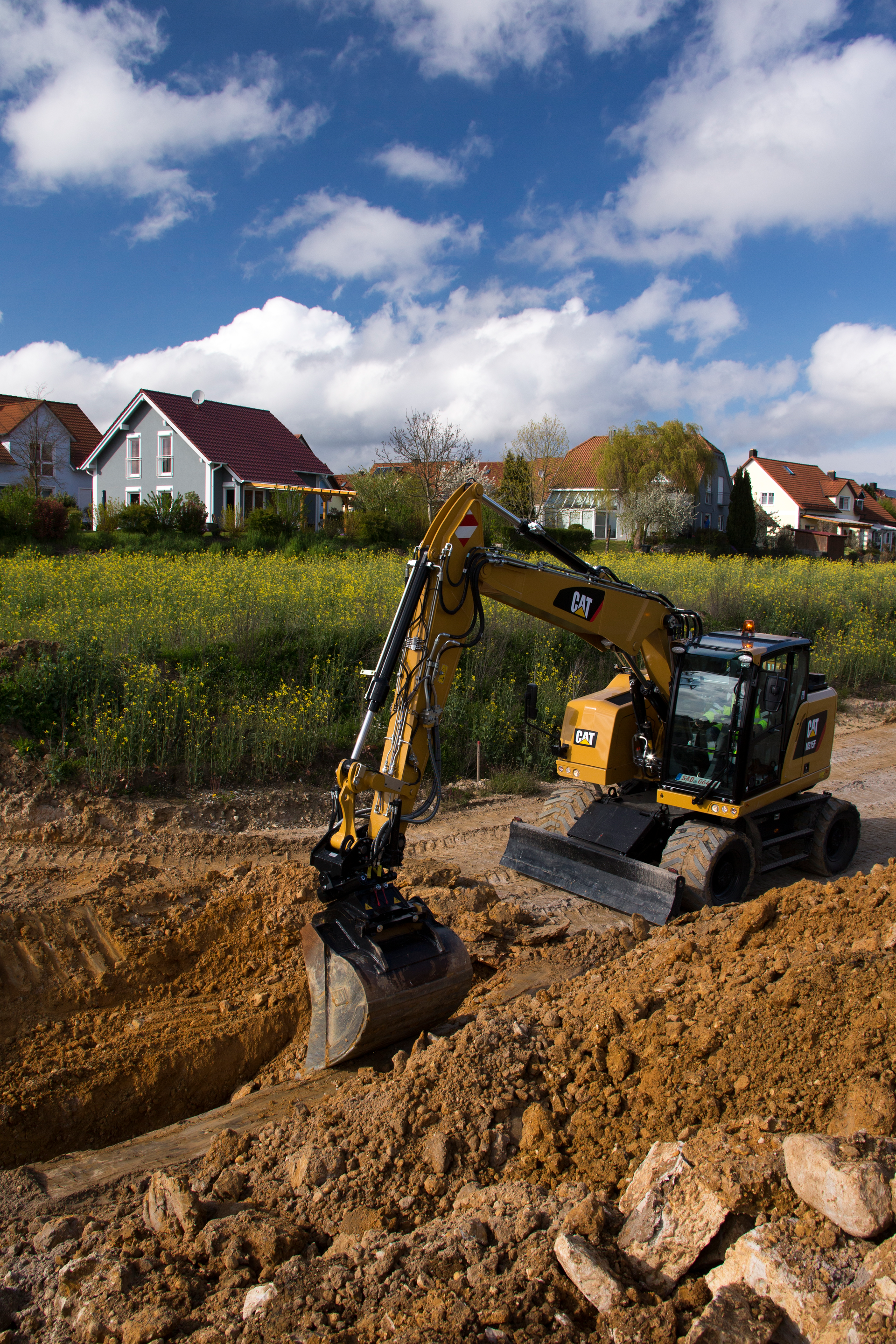Concrete Driveway Colorado Springs is highly durable and can last 50 years or more with regular maintenance. Unlike asphalt from nonrenewable petroleum resources, concrete is made of natural materials like water and rock. It can incorporate recycled and waste materials into its mix, reducing consumption and keeping materials out of landfills.
Concrete is a highly versatile material that can be molded into different shapes, textures, and finishes. This allows for design options that complement your home’s aesthetic and enhance curb appeal. Concrete is also very durable and can withstand heavy loads and extreme weather conditions. This makes it a great choice for the harsh environments in some parts of the country.

While it’s true that concrete can be more expensive than other driveway materials, such as asphalt, the longevity of a concrete surface means that over time, you will save money by investing in this type of material. Additionally, a concrete driveway will last up to 50 years and is less likely to crack or chip than other driveway materials.
A beautiful, well-maintained driveway adds to the overall look of your home and can increase its resale value. It’s important to consider the benefits of each material before making your final decision.
One of the main reasons people choose concrete for their driveways is that it can be molded into various styles and designs to suit a wide range of preferences. Concrete can be colored, stamped, or etched to mimic the appearance of other materials like stone, brick, and pavers. This gives homeowners the freedom to create a driveway that is uniquely their own and matches their home’s exterior design.
Concrete can also be textured to provide a more modern or rustic look, and it can even have an exposed aggregate finish that looks like gravel or pebbles. This type of finish is very popular in Nashville summers as it reflects the sun’s heat and is more comfortable to walk on than black asphalt.
When choosing a concrete contractor to install your new driveway, selecting a company experienced in working with this type of material is important. They will know how to prepare the site properly, calculate the amount of concrete needed, and take what steps to ensure a successful pour. Using the right concrete mix, properly placing joints, and ensuring the finished product is smooth will help minimize cracking and other maintenance issues.
Concrete is a durable material that can last decades, especially when sealed and well-maintained. It’s also environmentally friendly, made from naturally occurring materials that can be recycled at the end of their lifespan. Asphalt, however, requires extensive mining and petroleum-based processing that releases harmful chemicals into the air.
A concrete driveway’s durability is a major selling point for many homeowners. It can withstand the weight of multiple cars, trucks, and SUVs without bending or cracking. It can also withstand the harsh elements, such as high summer temperatures and UV radiation, that damage asphalt driveways.
If you use your driveway as a parking area for heavy vehicles, a concrete contractor can add a reinforcement mat under the slab before pouring the concrete. This helps the concrete resist heaving caused by seasonal temperature and moisture changes. A reinforced concrete driveway may cost more than a non-reinforced one, but it will last longer and provide your vehicles with a safer, more secure surface.
Another way to increase the durability of your concrete driveway is to use a mix that includes more cement and has a higher strength when it is first set up. This type of concrete is known as “high-early-strength” and can be driven on as soon as 30 minutes after it has been finished. It may also be better for de-icing salts and other chemical products that can corrode standard concrete.
Ask your contractor about different finishing options to create a unique design for your concrete driveway. You can have it stained, stamped, engraved, or etched to give your home an artistic look and feel. You can even choose to expose the aggregates for a rustic finish. Your contractors will happily help you find a design that complements your home.
Concrete is a versatile construction material that can be used in various ways to enhance any residential property’s curb appeal. It can be colored, textured, stamped, or engraved to mimic more expensive materials like stone and brick. It also protects against extreme weather conditions and requires little maintenance compared to other paving materials, making it a long-term investment for homeowners and property developers.
Another benefit of concrete is that it’s durable enough to withstand heavy vehicle traffic without cracking or breaking apart. However, if you plan to install a concrete driveway on uneven ground, it’s important to have it reinforced with steel bars to avoid sinking or shifting over time. This is particularly true if your concrete is exposed to sunlight or heat for prolonged periods, as this can cause it to deteriorate.
A properly installed concrete slab will include a base layer of gravel or crushed rock to provide drainage and help reduce heaving caused by seasonal temperature and moisture changes. This is especially important if you live in an area that receives a lot of precipitation.
The light color of concrete will also help keep it cool under the summer sun, which is a major plus if you’re parking your car on it often. It will also retain warmth during winter, which is good if you have pets or children who may spend much time playing on the driveway.
Although concrete is resistant to temperature fluctuations, it can be damaged by oil and petrol spillages, leaving an unsightly stain that can be difficult to remove. It’s also prone to cracking over time, although you can take steps to minimize this with regular maintenance. Regular resealing and cleaning will keep your concrete driveway in tip-top shape for years.
A concrete driveway adds value to your property and is often a key selling point if you decide to move. Because it is so durable and requires so little maintenance, a concrete driveway can make your home stand out to potential buyers, and it’s an excellent way to impress guests and neighbors who visit.
A good concrete contractor will help you customize the look of your driveway, making it unique and attractive. You aren’t stuck with a plain or purely grey concrete slab—concrete can be poured to match your design preferences and can even be stamped, stained, or colored to mimic the appearance of other materials like brick, stone, or pavers.
Additionally, a concrete driveway is eco-friendly. It uses less petroleum resources than asphalt and lasts longer—reducing the number of times you need to repair or replace it. The concrete is made from renewable natural materials, such as crushed rock aggregates, sand, and water. The concrete mix also includes recycled fly ash and slag, which reduces the need for new raw materials and energy to produce them.
Finally, concrete is kid-friendly, allowing kids to play safely on the ground without being burned by hot cars or run over by heavy trucks. It also absorbs less heat from the sun than asphalt, and it’s easier to clean than a gravel or dirt driveway.
A new concrete driveway can be an investment but will pay off in the long run. The initial cost is higher than some alternatives, but you can recoup the money by increasing your curb appeal and adding a valuable asset to your home. Contact your professional concrete company today to learn more about their installation services if you’re considering investing in a new concrete driveway. They can provide you with an estimate for the project, including costs for materials and labor, delivery charges, sleeving or wire mesh, and rebar. Then, you can budget for your concrete project and decide if it’s worth the upfront investment.
